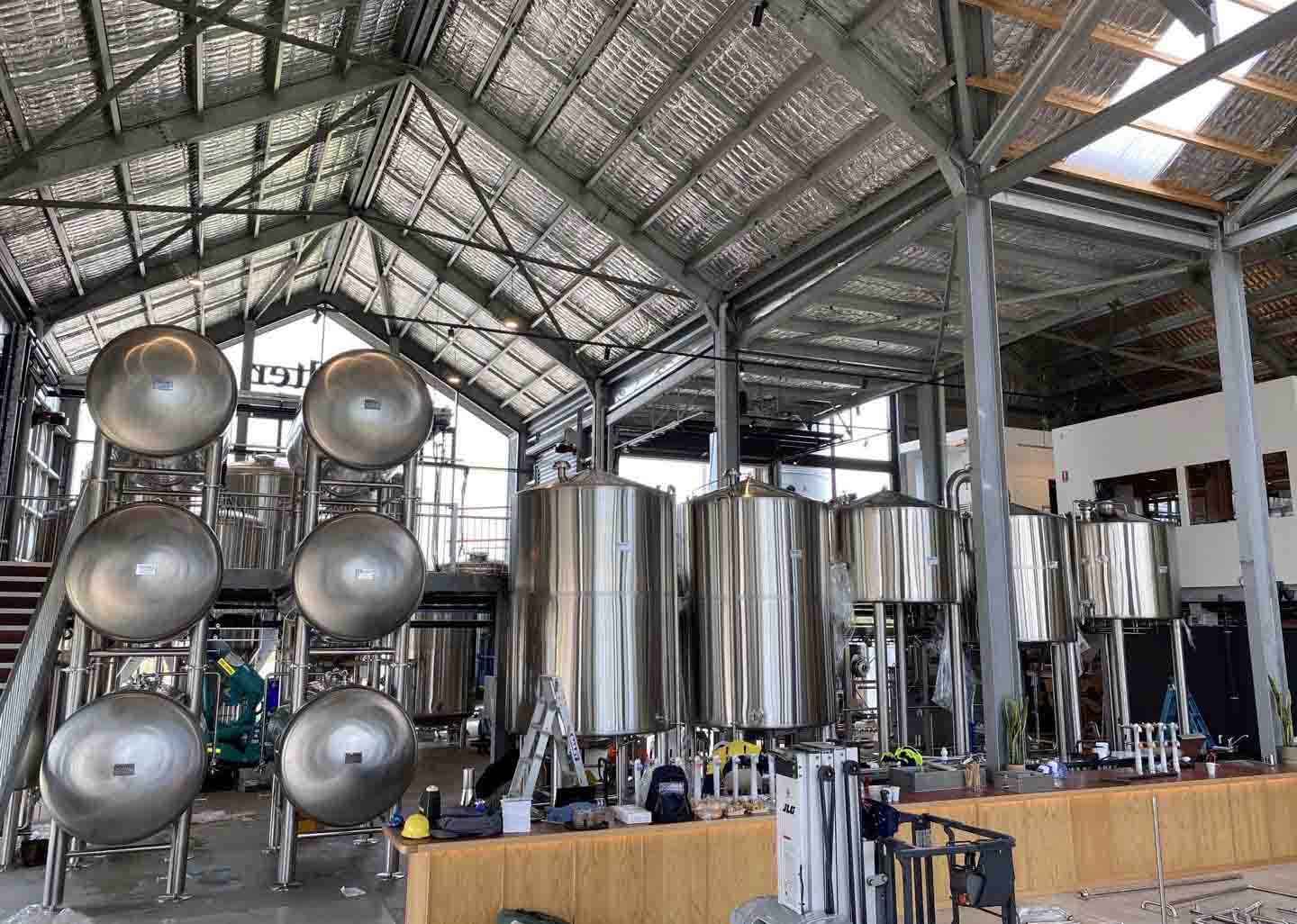The Comprehensive Guide to Micro Brewery Equipment
Microbreweries have been bubbling up in popularity, offering craft beer lovers the chance to enjoy unique flavors brewed with love and precision. Behind every pint of golden goodness is a system of meticulously designed equipment that helps brewers bring their vision to life. If you’re diving into the world of microbrewing or considering setting up your own brewery, understanding microbrewery equipment is the key to success.
Overview of Micro Brewery Equipment
Microbrewery equipment encompasses the machinery and tools needed to produce craft beer on a smaller scale compared to commercial breweries. The primary goal is to ensure consistent quality, flavor, and efficiency while catering to small batches. From mashing to fermentation to packaging, every step in the brewing process requires specialized equipment.
Some of the key pieces include:
- Brewing Kettles: For heating and boiling ingredients.
- Fermenters: To allow yeast to ferment sugars into alcohol.
- Cooling Systems: To quickly bring down temperatures after boiling.
- Filtration Systems: Ensuring clarity in the final product.
- Packaging Machines: For bottling or kegging the beer.
But why is this equipment so crucial? Imagine baking without an oven or mixing without a whisk. Each component ensures precision and consistency, which are the lifeblood of quality craft beer.
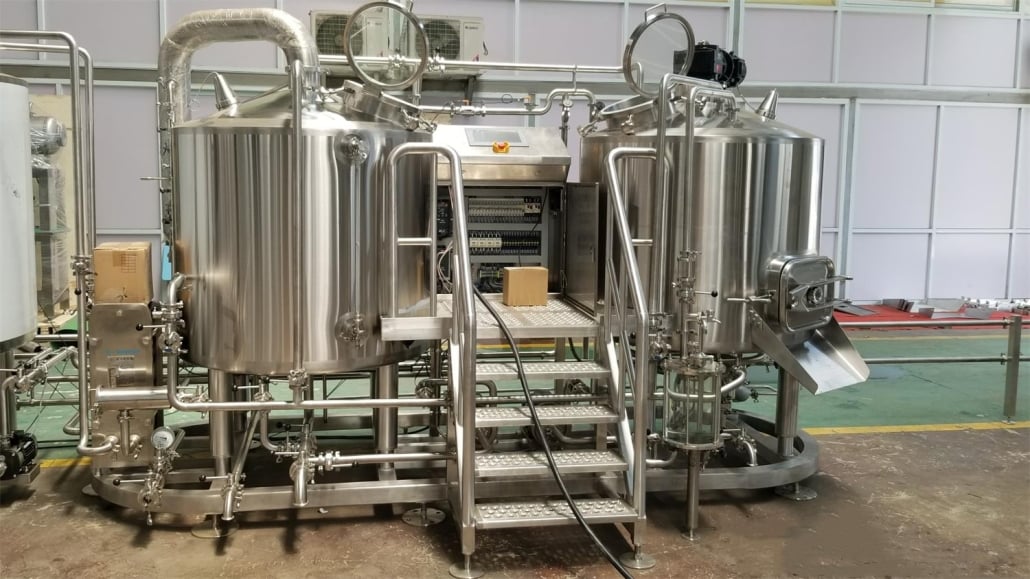
Troubleshooting Common Issues with Micro Brewery Equipment
Even the best equipment can hit a few hiccups. Here’s how to troubleshoot some common brewing challenges:
Temperature Control Failures
Brewing is all about precision. If your cooling or heating systems fail, your beer may taste off or ferment improperly. Regularly calibrate your thermostats and check for blockages in cooling coils.
Fermentation Problems
If fermentation stalls or overflows, check the cleanliness of your fermenters and monitor yeast activity. Using poor-quality yeast or not oxygenating wort properly can wreak havoc on fermentation.
Clogged Filters
Cloudy beer or slow filtration? Clean your filters after every brew. High-protein grains like wheat can clog systems quickly. Switching to finer filters can also help.
Equipment Wear and Tear
Gaskets, seals, and pumps wear out over time. Conduct routine inspections and replace parts as needed to avoid costly downtime.
Troubleshooting is like playing detective—find the culprit, fix it, and learn to prevent it next time.
The Brewing Process: How Micro Brewery Equipment Works
Let’s break down the brewing process step-by-step and see where each piece of equipment comes into play.
1. Mashing
Malt grains are soaked in hot water inside a mash tun to convert starches into fermentable sugars. This sugary liquid is called wort.
2. Boiling
The wort is transferred to a brew kettle, where it’s boiled with hops to develop bitterness, aroma, and flavor.
3. Cooling
After boiling, the wort is rapidly cooled using a heat exchanger to prepare it for fermentation.
4. Fermentation
Cooled wort is moved to fermentation tanks. Yeast is added, and the magic begins! Sugars convert to alcohol and CO₂.
5. Conditioning
The beer is matured to develop its full flavor profile. This can occur in fermenters or separate conditioning tanks.
6. Filtration and Packaging
Finally, the beer is filtered, carbonated, and packaged into bottles, cans, or kegs, ready for consumption.
Every piece of equipment is like a musician in an orchestra—when they work in harmony, the result is a masterpiece.
Comparing Micro Brewery Equipment: Capacity, Space, Design, and Customization
To help you choose the right equipment, here’s a detailed comparison of factors to consider:
| Factor | Details |
|---|---|
| Capacity | Equipment ranges from 3-barrel to 30-barrel systems. Choose based on your production goals. |
| Space Requirements | Compact designs are ideal for smaller breweries. Ensure adequate ventilation and space for maintenance. |
| Design and Layout | Modular systems allow for flexibility. Ergonomic designs simplify operation and cleaning. |
| Customization | Tailor equipment to your specific brewing style (e.g., lagering tanks for lagers, dry hopping setups for IPAs). |
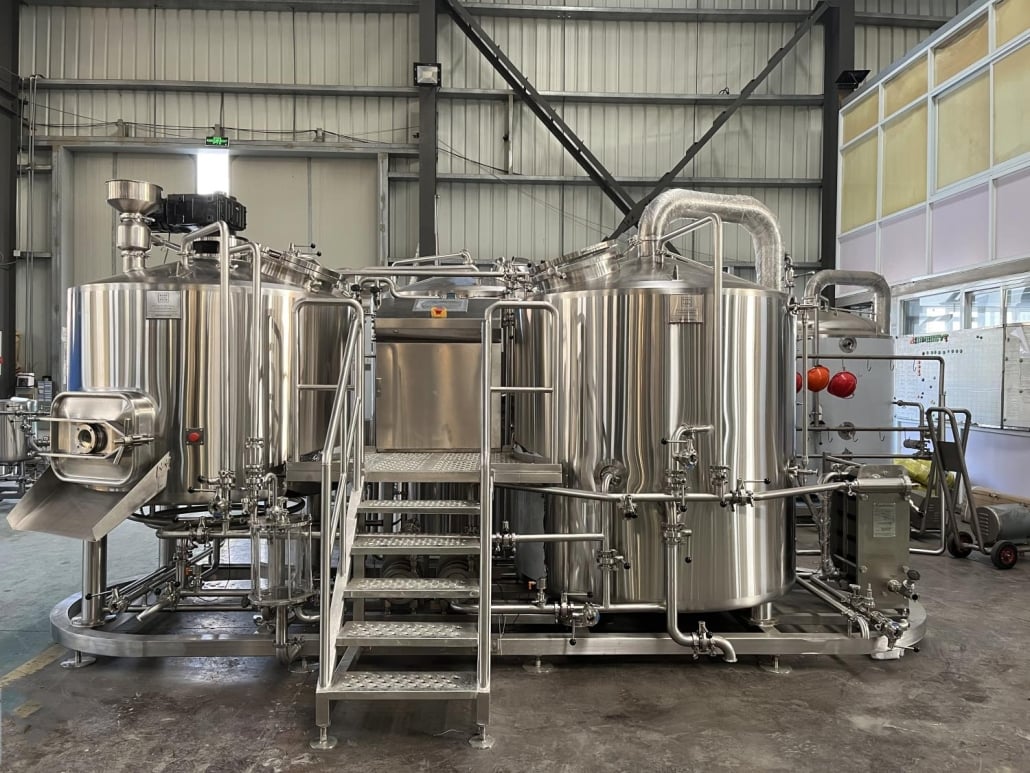

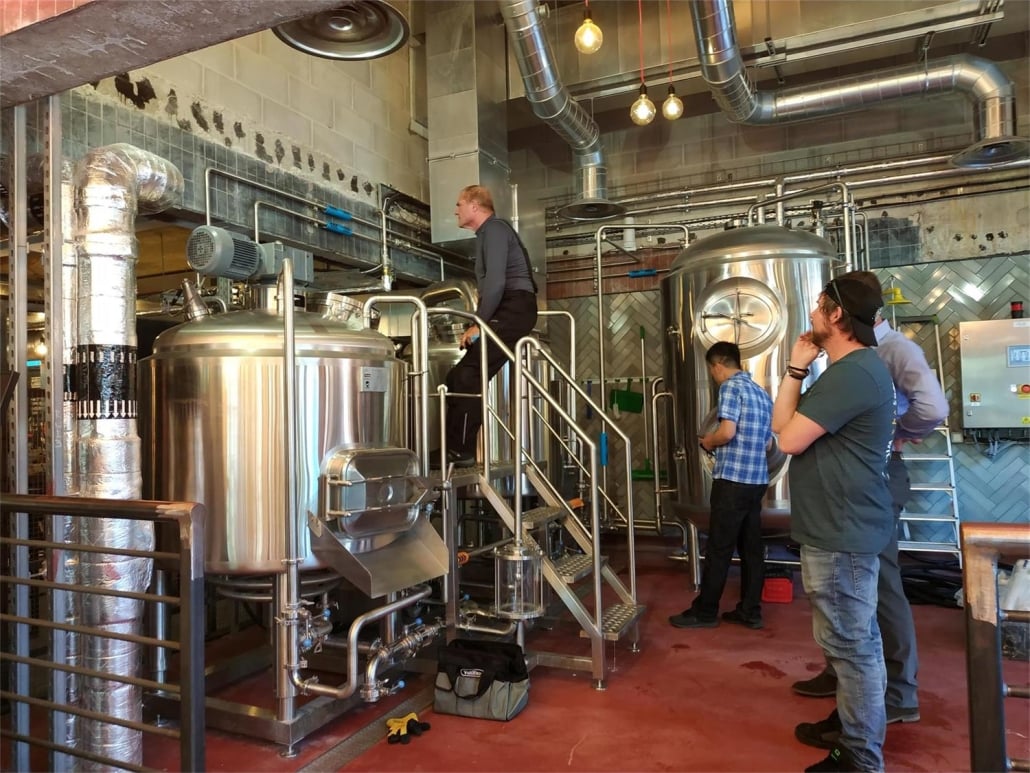
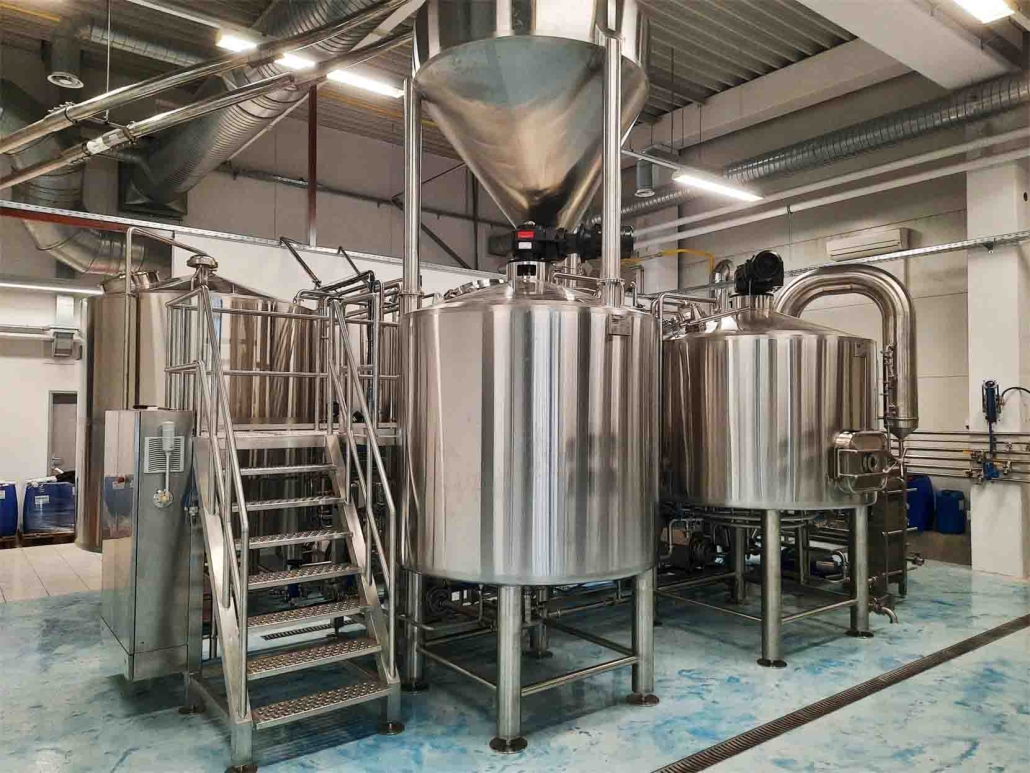
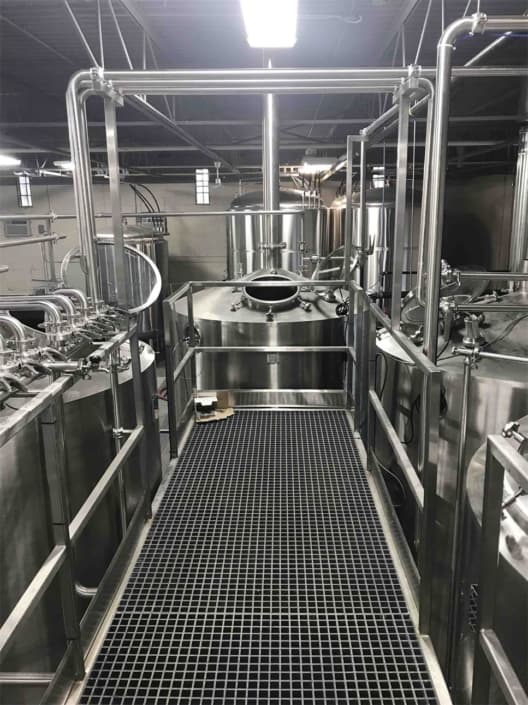
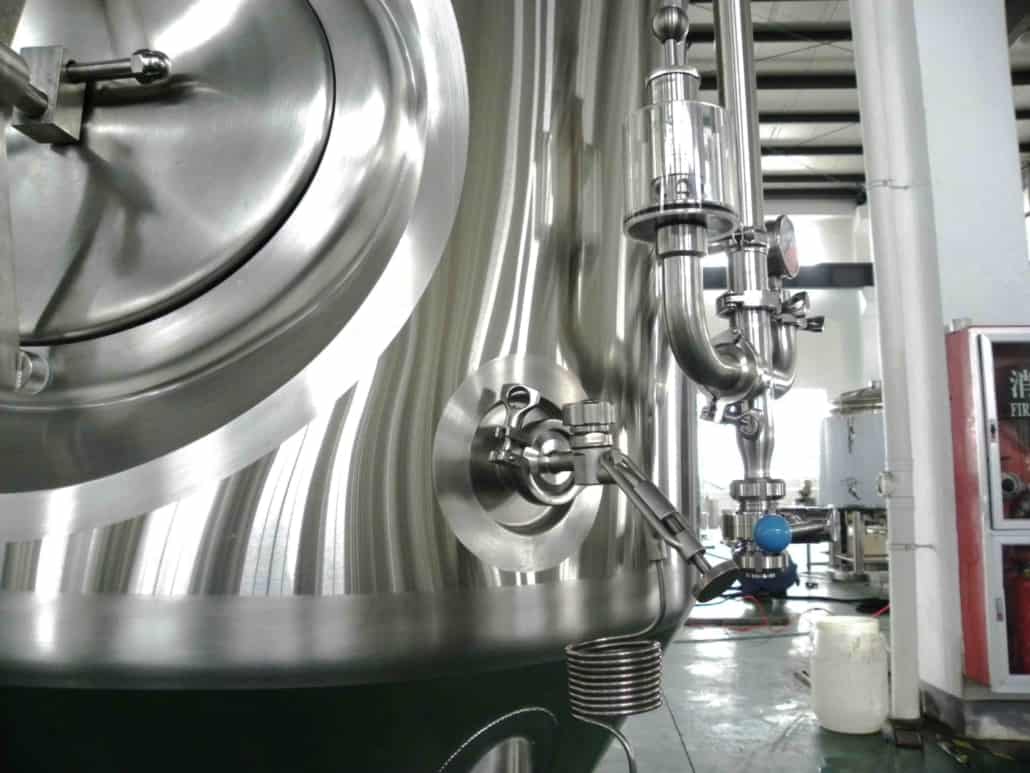
Top Suppliers and Price Ranges for Micro Brewery Equipment
The market is teeming with options, but not all suppliers are created equal. Here’s a snapshot:
| Supplier | Price Range | Specialty |
|---|---|---|
| ABC Brew Systems | $50,000–$150,000 | High-capacity systems with automated controls. |
| Craft Brew Co. | $30,000–$100,000 | Compact designs for small spaces. |
| FermentTech | $40,000–$120,000 | Fermentation tanks and conditioning systems. |
Prices vary based on capacity, materials, and additional features.
Installation, Operation, and Maintenance
Setting up your equipment requires precision and planning. Here’s a guide:
| Aspect | Details |
|---|---|
| Installation | Hire professionals for setup. Ensure compliance with local regulations. |
| Operation | Train staff thoroughly. Automate processes to reduce errors. |
| Maintenance | Clean equipment after every use. Schedule routine inspections. |
How to Choose the Right Micro Brewery Equipment Supplier
Choosing the right supplier can feel overwhelming, but here’s a checklist:
| Consideration | Why It Matters |
|---|---|
| Reputation | Established suppliers offer reliability and quality. |
| Customization Options | Tailored equipment meets your brewing style. |
| After-Sales Support | Strong support ensures minimal downtime during issues. |
| Pricing Transparency | Avoid hidden costs by asking for detailed quotes. |
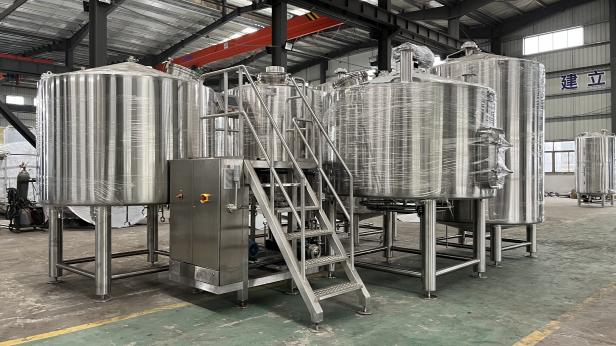
Advantages and Limitations of Micro Brewery Equipment
Here’s a balanced look:
| Advantages | Limitations |
|---|---|
| Produces high-quality craft beer. | Requires significant upfront investment. |
| Flexibility to experiment. | Maintenance can be labor-intensive. |
| Scalable for growth. | Space requirements might be challenging. |
FAQs
| Question | Answer |
|---|---|
| How much does it cost to set up a microbrewery? | Costs range from $100,000 to $500,000 depending on size and customization. |
| How long does it take to brew beer? | The process takes 2–6 weeks, depending on the beer style. |
| What maintenance is required? | Regular cleaning, inspections, and part replacements keep your equipment in top shape. |
| What size equipment is suitable for a startup microbrewery? | Typical sizes range from 1 barrel (31 gallons) to 10 barrels (310 gallons) for startups. The choice depends on your production goals and target market. |
| What materials are used in brewery equipment? | Most equipment is made from stainless steel (304 or 316 grade) due to its durability, hygiene, and resistance to corrosion. Some parts may use copper for aesthetic purposes. |
| Can I customize microbrewery equipment? | Yes, manufacturers often offer customization to fit your space, brewing style, and production capacity. You can request specific sizes, automation levels, or additional features. |
Additional FAQs About Micro Brewery Equipment
1) What utilities are required for a typical micro brewery setup?
- Baseline needs: 3-phase power (208–480V), steam or direct-fire gas for the brewhouse, potable water 5–10 gpm at 40–60 psi with carbon filtration, chemical-resistant trench drains with 1–2% slope, compressed air (dry, oil-free), and a glycol chiller sized for concurrent tank pulls.
2) How do I size cellar capacity relative to my brewhouse?
- A common starting ratio is 4–6 fermenters (often 2× brewhouse size for high-gravity brands) plus 1–2 brite tanks. Adjust by average tank days (ales 10–16, lagers 21–30) and desired weekly turns.
3) What sanitary finishes and certifications should I request?
- Internal Ra ≤ 0.6–0.8 µm (2B) or electropolished interiors, TIG welds with weld maps, documented passivation per ASTM A967, ASME-stamped pressure vessels (where required), PRV and burst disk on unitanks.
4) Which automation delivers the best ROI for micro breweries?
- PID temperature control, auto-CIP with conductivity/temperature verification, and inline DO/CO2 sensors. These reduce oxygen pickup, chemical use, and variability.
5) How can I reduce water and energy usage without hurting quality?
- Implement heat recovery (wort-to-HLT), CIP reclaim where appropriate, insulate vessels and lines, optimize spray-ball coverage (riboflavin tests), and consider low-GWP glycol blends.
2025 Industry Trends Shaping Micro Brewery Equipment
- Pressure-capable unitanks standardization: 2–3 bar MAWP common from 5–20 BBL to enable spunding and CO2 savings.
- Inline QA mainstream: Affordable inline DO/CO2/turbidity tied to OPC UA/SCADA with mobile alerts.
- Modular skid systems: Factory FAT-tested brewhouses and pre-plumbed manifolds compress install time and reduce risk.
- Sustainability by default: Heat and CO2 recovery scaled to micro size; water reuse skids and higher insulation specs.
- Finish and hygiene upgrades: Electropolished internals, validated spray coverage, and auto-CIP as default options.
2025 Data Snapshot for Micro Brewery Equipment
| Metric | 2022 | 2024 | 2025 (proj.) | Notes / Sources |
|---|---|---|---|---|
| Share of new unitanks with ≥2 bar rating | 35% | 48% | 55–60% | Supplier catalogs; trade press |
| Inline DO/CO2 installed at commissioning (craft) | 22% | 33% | ~40% | Instrument vendors; BA Quality data |
| Electropolished internal finish adoption | 15% | 22% | 28–32% | Fabricator reports; QA case studies |
| Avg. lead time, 7–15 BBL brewhouse (skid) | 20–26 wks | 14–20 wks | 12–18 wks | Supplier surveys; BA supplier briefings |
| Typical turnkey CAPEX, 5–10 BBL micro brewery (USD) | $450–750k | $500–800k | $520–820k | U.S. startup budgets; inflation easing |
Sources:
- Brewers Association (planning and quality): https://www.brewersassociation.org
- Institute of Brewing & Distilling: https://ibd.org.uk
- ASTM A967 Passivation: https://www.astm.org/a0967_a0967m-17.html
- LME (stainless/nickel context): https://www.lme.com
Latest Research Cases
Case Study 1: Modular Micro Brewery Cuts Commissioning by 30% (2025)
Background: A 10 BBL micro brewery in a mixed-use site needed a rapid opening and minimal on-site fabrication.
Solution: Selected a skid-mounted brewhouse with factory FAT, pre-plumbed glycol headers, and PLC/HMI; implemented riboflavin-verified spray coverage and auto-CIP.
Results: Time-to-first-wort reduced by ~30%; first saleable batch 5–6 weeks earlier; cleaning chemical use down 12% with consistent ATP passes. Sources: Brewers Association startup panel 2025; OEM application notes.
Case Study 2: Pressure Fermentation Lowers CO2 Purchase and Improves Stability (2024/2025)
Background: A micro brewery reported high CO2 costs and variable package oxygen on hop-forward brands.
Solution: Adopted 2-bar unitanks with spunding (1.0–1.3 bar), added inline CO2 meter and modulating PRV, standardized closed dry-hop process with O2-scrubbed purges.
Results: Purchased CO2 reduced ~40% for pressure-fermented beers; package TPO decreased 25–30%; tank turns improved ~20% for ales. Sources: IBD technical talks; instrumentation/tank OEM briefs.
Expert Opinions
- Charlie Bamforth, Distinguished Professor Emeritus of Malting & Brewing Science, UC Davis
Viewpoint: “For micro breweries, cleanability and oxygen control are non-negotiable—validated CIP and proper finishes safeguard flavor stability.” - John Palmer, Author of “How to Brew” and brewing consultant
Viewpoint: “Pressure-capable unitanks and reliable temperature control deliver the highest ROI before adding more complex automation.” - Katherine C. Smart, Professor of Brewing Science; Former Global VP R&D, AB InBev
Viewpoint: “Inline QA connected to automated CIP turns vessels into controlled systems, reducing losses and improving repeatability.”
Citations:
- UC Davis brewing resources: https://cpe.ucdavis.edu
- Brewers Association Quality: https://www.brewersassociation.org
- IBD resources: https://ibd.org.uk
Practical Tools and Resources
- ProBrewer calculators and forums (equipment sizing, utilities): https://www.probrewer.com
- G&D Chillers load calculator (glycol sizing): https://gdchillers.com
- Anton Paar inline DO/CO2/turbidity/density instruments: https://www.anton-paar.com
- OSHA/NIOSH CO2 safety guidance: https://www.cdc.gov/niosh
- ASTM A967 Passivation for stainless equipment: https://www.astm.org/a0967_a0967m-17.html
Note: When evaluating micro brewery equipment, confirm ASME certifications (where applicable), MAWP, internal surface finish (Ra), jacket surface area, insulation thickness, and spray-ball coverage validation. Ensure local code compliance for pressure vessels, electrical, fire, and wastewater.
Last updated: 2025-09-02
Changelog: Added 5 focused FAQs, 2025 trend snapshot with data table, two recent micro brewery case studies, expert commentary, and curated tools/resources with authoritative sources.
Next review date & triggers: 2026-01-15 or earlier if equipment lead times shift by >20%, major code/regulatory changes occur, or new BA/IBD guidance on CIP/oxygen control is published.
Share this entry
Interested in learning more about Brewing Systems including additional details and pricing information? Please use the form below to contact us!
YOLONG BREWERY EQUIPMENT FAQS
- Commercial Brewery / Craft Brewery / Microbrewery / Nanobrewery
- What is The Difference Between Craft Beer and Industrial Beer?
- The Bespoke Differences In Custom Brewing Systems
- Everything You Need to Know About Kettle Souring
- How to Choose Brewing Equipment for Your business?
- How To Choose The-Best Partner To Build Your Commercial Microbrewing System?
- Two Detection Sensors That You Need To Use In Your Brewhouse System
- Remote Control Applications in Brewing Equipment/How does it work?
- How To Clean Your Brand New Brewery Tanks?

